By Len Johnson
When Frank Sinatra sang of “vagabond shoes . . longing to stray, right through the very heart of New York, New York” he wasn’t thinking about the New York marathon but, hey, if the shoe fits, wear it.
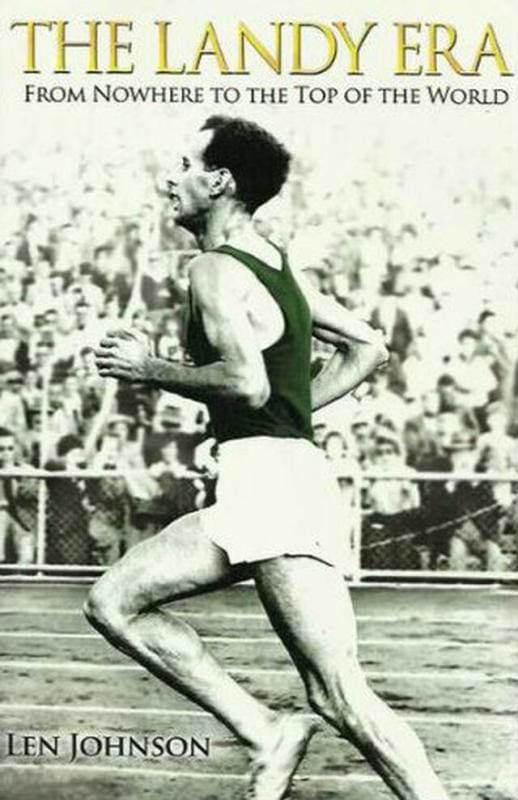
Seems like everything was about the shoes, even back then.

Frank recorded the song in 1980, just a few years after the marathon had broken out of Central Park and embraced the whole city. The brainchild of the New York Road Runners Club under its president, Fred Lebow, the New York marathon started high above the Verrazano Narrows the body of water linking New York Harbour with the Atlantic, passing through the city’s five boroughs of Staten Island, Brooklyn, Queens, The Bronx and Manhattan to the finish in Central Park.

The New York marathon was not the spark that lit the first running boom, but it quickly became the boom’s biggest and brightest fire. Thousands ran the race providing iconic pictures as the massed field gathered on the bridge and then wound its way through the city against backgrounds such as the Brooklyn Bridge and First Avenue.
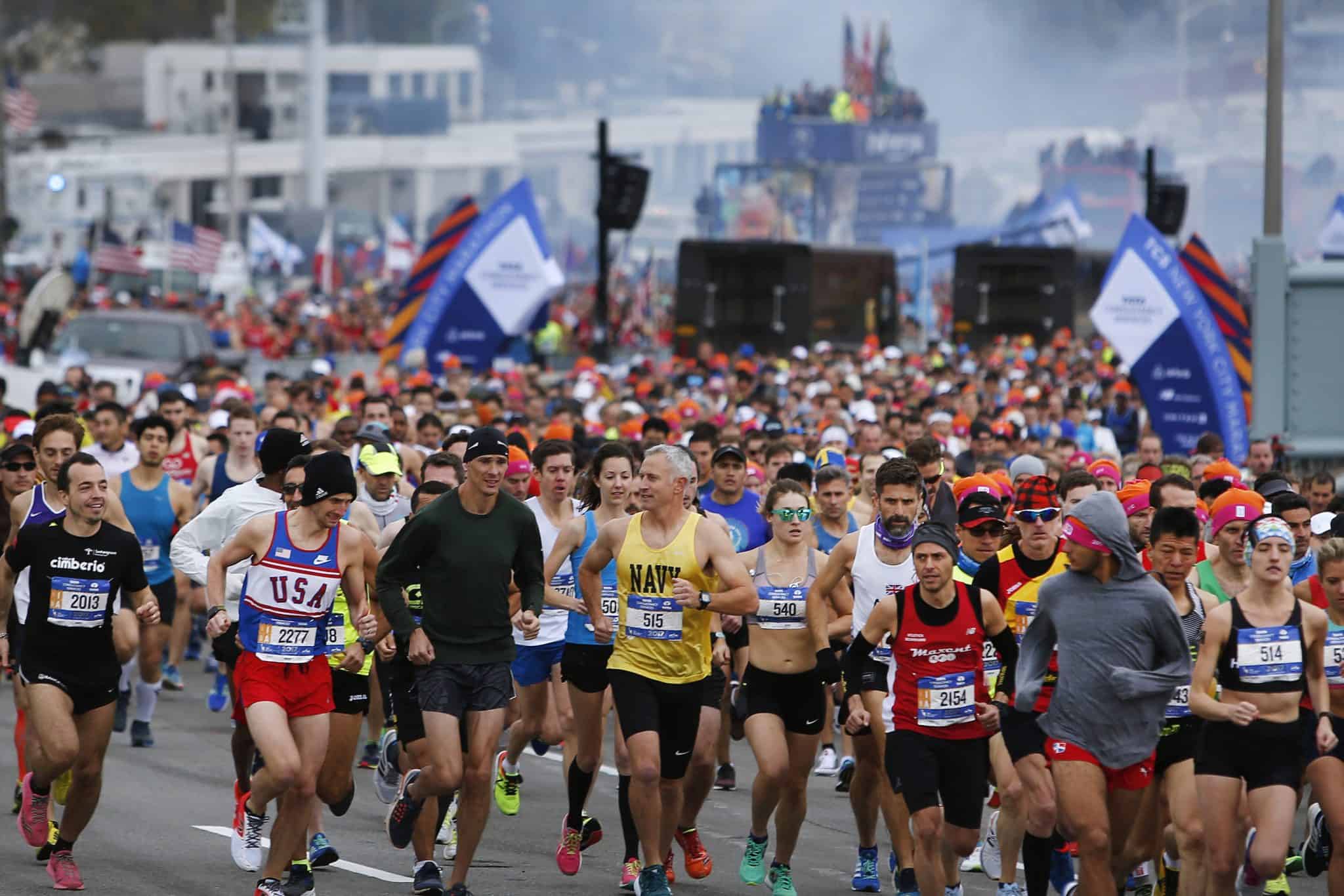
Bill Rodgers, the biggest name in the first running boom, won four times from 1976 to 1979, cementing his reputation as the best marathoner in the world between the Montreal and Moscow Olympic marathons (he ran poorly in the first and was boycotted out by the decision of the US government in the second). Rodgers was also a three-time winner in Boston and when he tried to win Fukuoka for a second-time in 1978 an imaginative American journalist – from the Boston Globe, where else – tapped into US horse racing imagery, re-imagining Boston-New York-Fukuoka as the Triple Crown of marathoning.
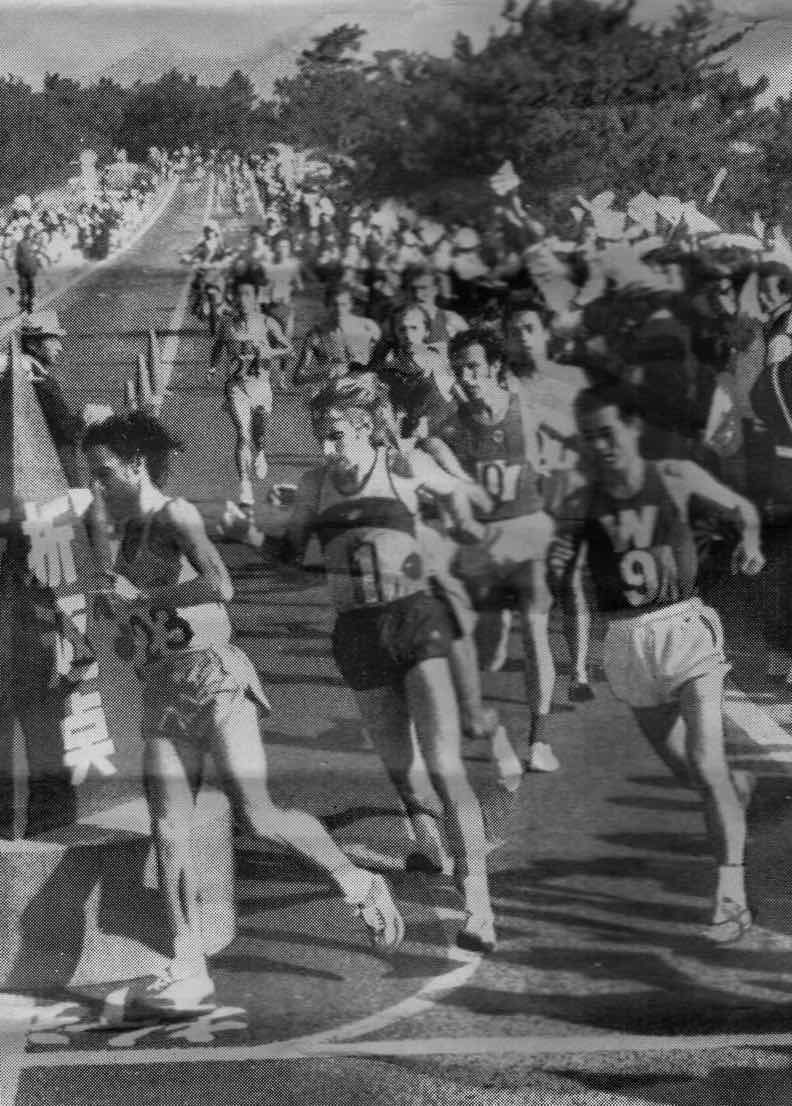
Sinatra’s New York, New York builds to a crescendo: “If I can make it there/ I’ll make it anywhere/ it’s up to you/ New York, New York.” And, for a long time, the city’s marathon lived up to that. It was only ever the world’s fastest marathon once and even then Alberto Salazar’s 2:08:13 in 1981 was eventually disallowed as a world record because the course, as run, was almost 150 metres short, but it remained as prestigious as big-city rivals in London, Berlin and Tokyo.

New York caught the boom in women’s running, too, with Norway’s great Grete Waitz winning nine times in 11 years from 1978 to 1988, inclusive, the first three in world record times. Waitz successively ran 2:32:30, 2:27:33 and 2:25:42 as she single-handedly dragged women’s marathoning from a novelty to a world-class event.
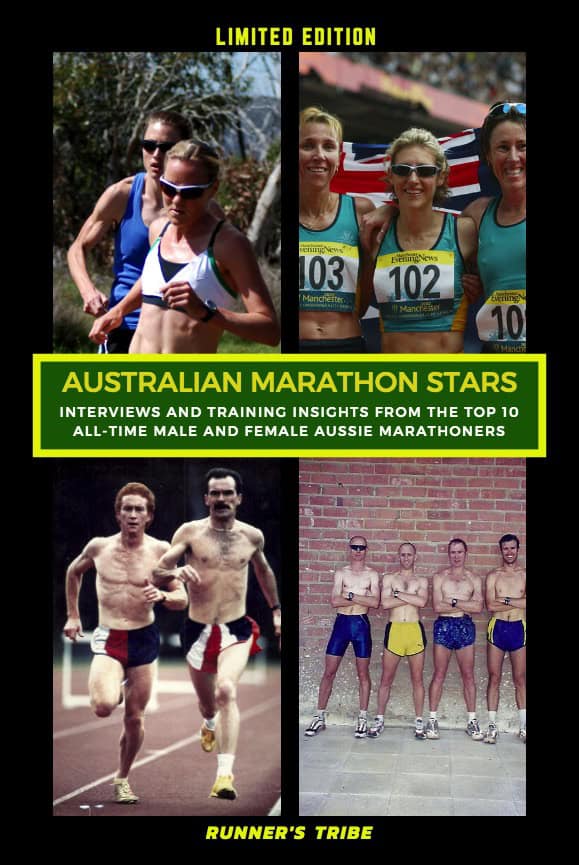
Despite the efforts of Salazar, Waitz and other New York winners, however, other marathons chipped steadily away at the race’s pre-eminence. Berlin, not to mention (please!) domestic rival Chicago, offered faster courses with world record potential. London, which started in 1981 off the back of the boom New York did so much to generate, soon matched it in mass-participation terms, and out-stripped it in the ability to attract deep, competitive fields.

At times in recent years it has seemed New York has lost its way. Being late in the calendar year used to be a plus for both New York and Fukuoka, the latter thriving for years on attracting the best marathoners to a virtual world championship final. Nowadays marathoners run a (northern hemisphere) spring race and either the championships race or an autumn marathon as their second marathon (few run three in a calendar year now).

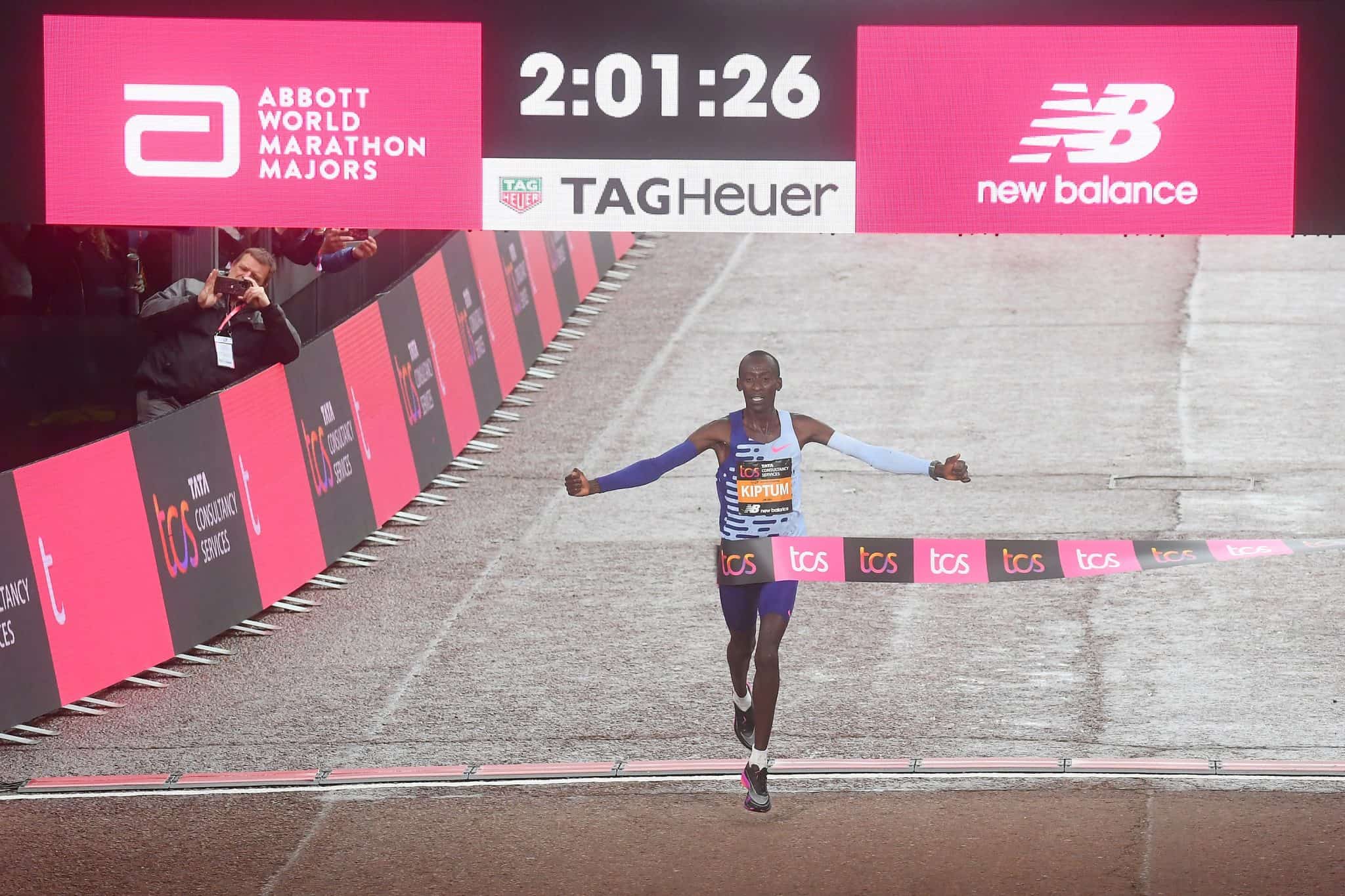
But – and a big but it is, too – New York is still New York. One of the world’s biggest cities and one of its most famous. Maybe you’re not necessarily “A number one/Top of the list”, if you make it there,
but you’re very definitely an A-lister and likely occupying a prominent position on the list.
That will certainly be the case for whoever is first woman across the line in Central Park this Sunday. The extraordinary recent performances of Tigist Assefa and Sifan Hassan notwithstanding, New York offers one of the strongest women’s fields ever assembled. Like Hassan, Hellen Obiri has demonstrated an extraordinary range across distances and disciplines on track, road and cross-country and with a win in Boston this year is coming to grips with the marathon.


Victory in that field will give the winner a viable claim to be world number one, Assefa world record or not. Even if the New York course is not the fastest in the world this year’s race most likely boasts
the best women’s’ field in the world.
